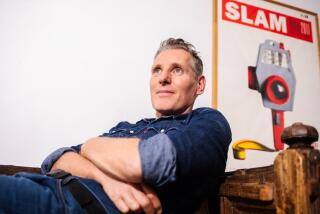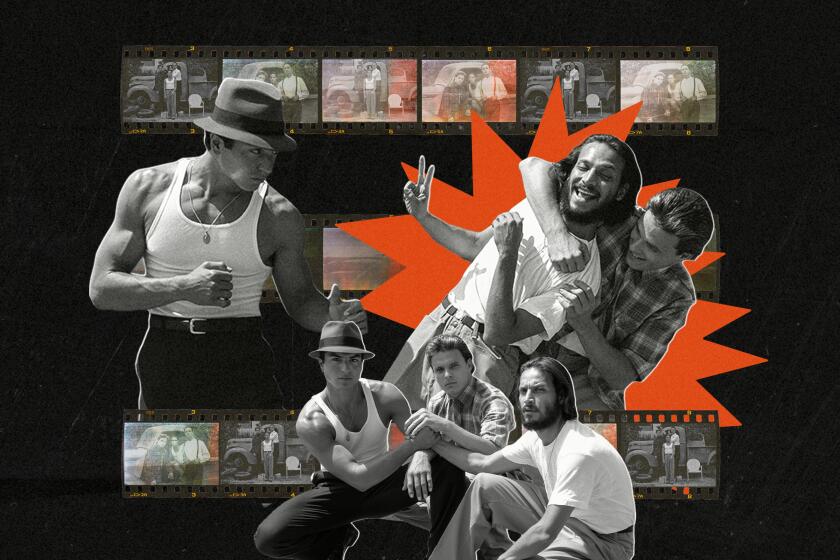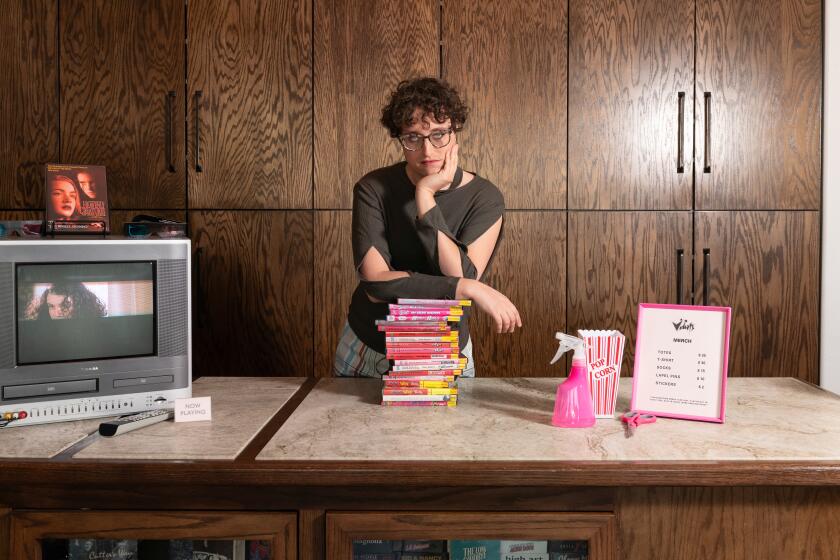‘Twilight Zone’ Judge OKs Jury Visit to Scene of Fatal Helicopter Crash
The judge in the “Twilight Zone” manslaughter trial agreed Thursday to take the jury on a field trip next week to Indian Dunes Park near Saugus, the site of the 1982 film set helicopter accident in which actor Vic Morrow and two child actors were killed.
But Los Angeles Superior Court Judge Roger W. Boren ruled out a prosecution request that the jury view a demonstration of 100-foot special-effects explosions similar to those that engulfed the tail rotor of the helicopter, which proceeded to plummet out of the sky and crash atop the actors.
Although the jury has already viewed extensive footage of the accident on a previous trip to a Beverly Hills theater, “none of this created due justice in the court’s mind to the spatial relationships out there (at Indian Dunes),” declared Boren, who viewed the site Wednesday after receiving the prosecution’s request.
Boren, in tentatively setting the field trip for late next week, said he will probably decide at the site whether to allow the jury to view a helicopter fly past the accident scene.
Boren’s ruling was termed “Solomon-like” by Deputy Dist. Atty. Lea Purwin D’Agostino, who had earlier argued to the judge that an explosives demonstration would give jurors a unique opportunity to “feel and see” what the victims felt.
Meanwhile, defense attorneys, who had contended that the entire trip was unnecessary because the jury has already viewed accident film shot by six different cameras, expressed muted praise for Boren’s compromise.
“(The trip) makes no difference to me,” said attorney Arnold L. Klein, who represents special-effects coordinator Paul Stewart. “But I hope (D’Agostino) gets car sick.”
Stewart, director John Landis, pilot Dorcey Wingo and two film-making associates are accused of negligence in the actors’ deaths. The prosecution has called 69 witnesses since trial testimony began last September.
On Thursday, FBI photo analyst Gerald Richards testified that at the time of the accident, the helicopter was situated 12 to 14 feet closer to the explosives than it was during a rehearsal flight 20 minutes earlier. Richards also testified that debris was hurled into the air by the explosions during the accident sequence.
The prosecution has contended that debris was a factor in the accident, while the defense has claimed that the accident was caused by heat from a special-effects explosion that was mistakenly ignited too quickly.
Richards’ testimony came on the heels of a court appearance Wednesday by a federal investigator who drew D’Agostino’s wrath when he refused to render an opinion on the probable cause of the accident.
Accompanied by two federal attorneys, Abdon Llorente, the chief investigator on the “Twilight Zone” case for the National Transportation Safety Board, said that federal regulations prohibited him from expressing such opinions in court.
D’Agostino, who had hoped Boren would order Llorente to answer her questions and place him in contempt if he did not, grew visibly angry after the judge agreed with the federal policy and declined to allow the questions.
“The bottom line here is, this is a complete mockery of our judicial system and a travesty of justice and something is wrong, very wrong in Washington,” the prosecutor later declared outside court. “There is an obstruction of justice here.”
In a report released in 1984, the NTSB said that the accident probably occurred because of debris and heat from the explosives. The board also said, “The proximity of the helicopter to the special-effects explosions was due to the failure to establish direct communications and coordination between the pilot . . . and the film director.”
Boren indicated that to establish such conclusions, D’Agostino could instead call as witnesses the scientific experts whose studies led to the NTSB’s report.
More to Read
Only good movies
Get the Indie Focus newsletter, Mark Olsen's weekly guide to the world of cinema.
You may occasionally receive promotional content from the Los Angeles Times.






